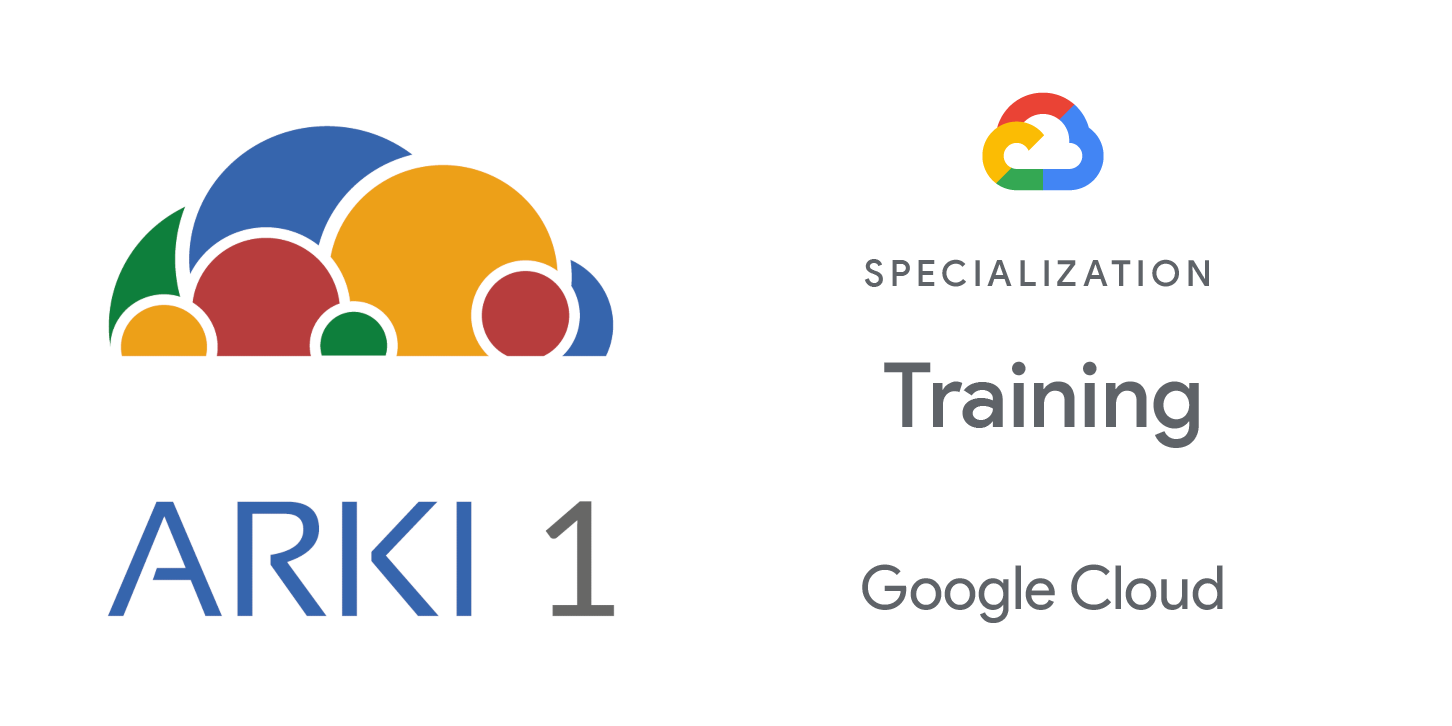Aprende a diseñar, desarrollar y desplegar aplicaciones que integren sin problemas los componentes del ecosistema de Google Cloud.
Este curso utiliza clases teóricas, demostraciones y laboratorios prácticos para mostrar cómo utilizar los servicios de Google Cloud y las API de machine learning preentrenadas para crear aplicaciones nativas de la nube que sean seguras, escalables e inteligentes.
Objetivos
En este curso, los participantes aprenderán las siguientes habilidades:
Utilizar buenas prácticas en el desarrollo de aplicaciones
Elegir la opción de almacenamiento de datos más adecuada para la aplicación
Implementar la gestión de identidad federada
Desarrollar componentes de aplicación desacoplados o microservicios
Integrar componentes de la aplicación y fuentes de datos
Depurar, rastrear y monitorear aplicaciones
Realizar implementaciones repetibles con contenedores y servicios de despliegue
Elegir el entorno de ejecución más adecuado para la aplicación
Público
Esta clase está dirigida a la siguiente audiencia:
Desarrolladores de aplicaciones que desean crear aplicaciones nativas de la nube o rediseñar aplicaciones existentes para ejecutarlas en Google Cloud.
Prerrequisitos
Para aprovechar al máximo este curso, los participantes deben cumplir con los siguientes criterios:
- Haber completado el curso Google Cloud Fundamentals: Core Infrastructure o tener experiencia equivalente.
- Conocimiento práctico en Node.js, Python o Java.
Competencia básica con herramientas de línea de comandos y entornos del sistema operativo Linux.
Duración
Inversión
Resumen del curso
El curso incluye presentaciones, demostraciones y laboratorios prácticos.
• Design and develop secure, scalable, reliable, loosely coupled application components and microservices.
• Understand how to rearchitect applications for the cloud.
- Identify different Google Cloud services for hosting applications and scripts.
- Choose the appropriate data storage option for application data.
• Bulk-load data into Firestore by using Dataflow.
• Understand best practices related to queries, built in and composite indexes, inserting and deleting data (batch operations), and transactions error handling.
- • Understand Cloud Storage concepts.
• Differentiate between strongly consistent and eventually consistent operations.
• Access Cloud Storage through request endpoints.
• Use object composition to upload an object in parallel.
• Use truncated exponential backoff to deal with network failures.
- Understand how to name buckets for static websites and other uses, how to name objects (from an access distribution perspective, and performance considerations.
- Implement federated identity management.
- Understand Pub/Sub topics, publishers, and subscribers.
- Understand pull and push subscriptions.
- Explore use cases for Pub/Sub.
- Explore pre-trained machine learning APIs such as Cloud Vision API and Cloud Natural Language API.
- Use Cloud Functions for event-driven processing.
- Understand OpenAPI deployment configuration.
- Understand how to create and store container images.
- Create repeatable deployments with deployment configuration and templates.
- Explore considerations for choosing a compute option for your application or service
- Debug an application error by using Cloud Debugger and Error Reporting.
- Use Cloud Monitoring and Cloud Trace to trace a request across services, observe, and optimize performance.


